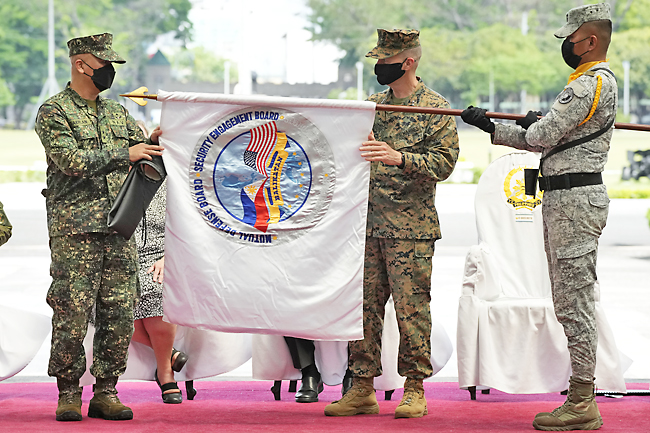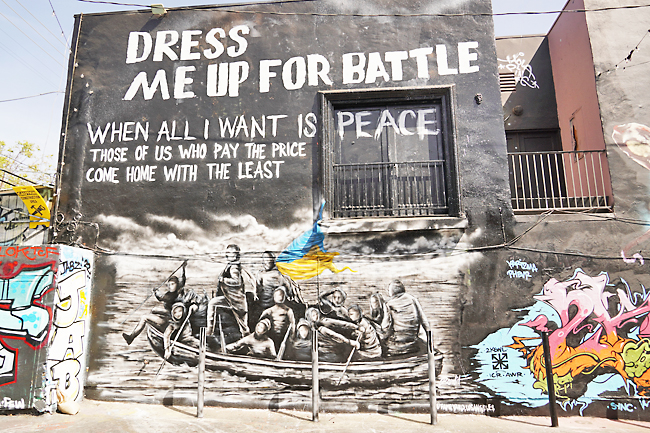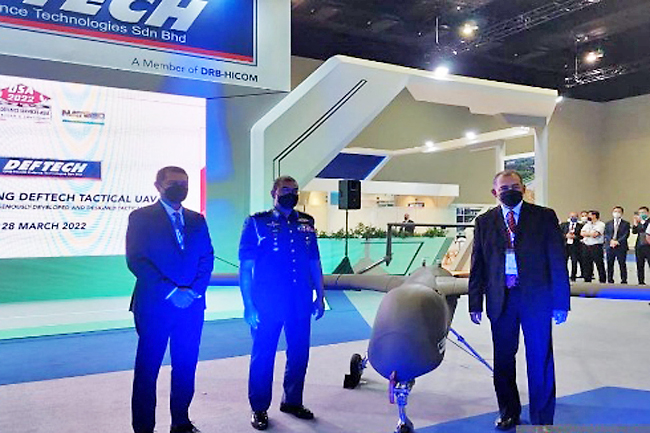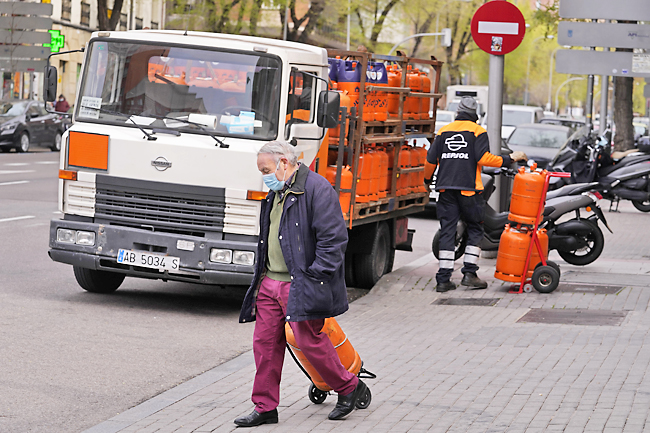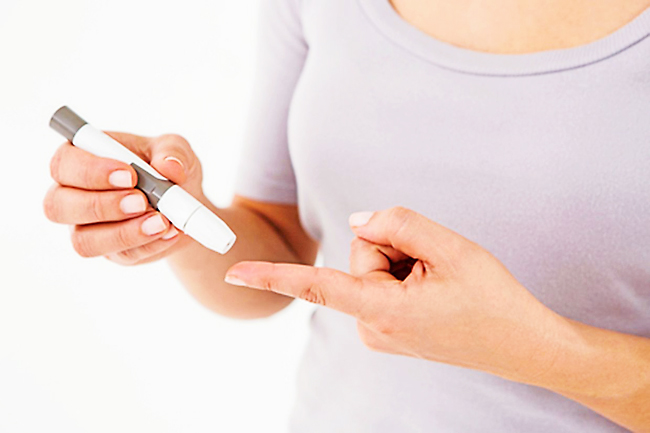CNA – You’ve got your running shoes on. Your smartwatch and playlist are cued, and off you go on the PCN path. But barely minutes into your run and your legs start to itch. It’s like hundreds of ants are crawling underneath your skin – and more are coming in.
You try to ignore the irritation by focussing on your breathing, the music, the scenery… but it is soon apparent that you have to stop and scratch. And that’s when you notice that your legs have developed welts or spots where the itch is. What is going on?
You might have what some runners already know as runner’s itch or what the doctors term exercise-induced vasculitis, said a senior consultant with National Skin Centre Dr Suzanne Cheng. It sounds like an oxymoron but the itch appears “only after physical exercise in healthy people”, she said.
“This condition is usually painless (65 per cent), but patients can also present with a burning or painful sensation of heaviness,” Dr Cheng explained, adding that the itch and rash are typically confined to the lower limbs. The intense itch may also be experienced on the abdomen, although there are usually no rashes, she said.
AN ITCH THAT GOES BEYOND THE SKIN
Runner’s itch, which is typically felt underneath the skin, is an indication that its cause is more than skin deep. “During increased physical activity, blood flow to the lower limbs increases,” explained a visiting consultant at PanAsia Surgery Dr John Wang, who specialises in open vascular and endovascular surgery.

“The increased blood flow causes your blood vessel network to expand, resulting in the stimulation of the nerves that surround the vasculature and surrounding tissues, which is perceived by the brain as an itching sensation,” he said.
The increased blood flow aside, your body also releases histamine during exercise to prevent fatigue, said Dr Wang, citing some research. Those same chemicals that you associate with allergies can expand your blood vessels to allow the increased blood flow to come through, he said. Unfortunately, histamine also sends the itchy message to your brain.
What about the rashes that accompany the itch? Being under the sun a lot can cause the small blood vessels known as arterioles to get inflamed and lead to the red patches, said Dr Wang.
Sometimes, you might get purplish spots or patches instead. This happens when the arterioles burst and blood starts to pool underneath the skin.
“This can happen to people who engage in prolonged ambulation, such as marathon runners, especially when they run in hot weather or at high altitudes,” said Dr Wang.
WHO’S PRONE TO RUNNER’S ITCH?
Took a hiatus from your CrossFit routine? Haven’t been attending your HIIT classes and you’re now going for more classes to make up for the absence? It’s not always about running; any activity that you’re not used to, such as going for a longer-than-usual walk, new golf lessons or even standing in line under the sun can trigger runner’s itch. It is not surprising that the condition is also known as Disney rash, noted Dr Wang.
Dr Cheng said, “The rash’s sudden development is most likely from an episode of prolonged exercise, unaccustomed intense exercise activity and heat exposure”. Interestingly, not many people seek medical help for runner’s itch, she said, because it is usually self-limiting. “Most cases resolve spontaneously within 10 days.”
But if the symptoms don’t abate, you should seek medical attention as some “autoimmune conditions can mimic exercise-induced vasculitis and should be investigated”, said Dr Wang, adding that genetics or a family history may also make you more prone to runner’s itch.
Dr Wang, who is a runner himself, has encountered others complaining of runner’s itch. He isn’t aware of any local registry that keeps track of cases in Singapore but said that “most trainers and coaches estimate that about 30 per cent of people who run experience runner’s itch”.
The good news is, the “frequency and intensity of the itch usually reduce as the individual gets conditioned and more used to the level of physical activity with improved stamina”, he said.
WHAT CAN YOU DO?
One more reason to not disrupt your fitness programme: Exercising regularly can condition your body for the changes in blood vessel dilation and take care of runner’s itch, said Dr Wang.
Of course, each time you take a long break from your fitness routine, your body will need to be re-conditioned again, he said.
If you’re not opposed to taking medication, you could try antihistamines 30 minutes before a run or workout, said Dr Wang. Opt for non-drowsy, over-the-counter antihistamines such as loratadine, cetririzine or fexofenadine, he said.
To improve blood circulation, wearing compression socks or elevating your legs for 15 minutes a few times a day may also be helpful, he said.
If you’re restarting your running sessions or workout programme and want to avoid runner’s itch, consider exercising at a lower intensity and shorter duration, suggested Dr Cheng. And avoid exercising during the hottest hours of the day as heat is a major contributory factor, she said.
It’s also worth considering switching to lighter clothes made of quick-drying material, she said. Still on the topic of workout attire, Dr Wang said that removing your sweat-drenched clothes immediately after exercise, followed by a warm – but not hot – shower, can be helpful.
But if you still develop runner’s itch, you could try home remedies such as soaking yourself in a warm (not hot) bath with oatmeal, Epsom salt or baking soda, said Dr Wang. Or try applying a cold compress to the affected area to ease the itch, he said.
